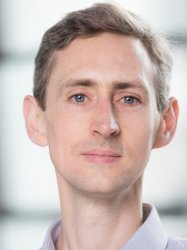BibTex format
@article{Christensen-Jeffries:2019:10.1109/TUFFC.2019.2916603,
author = {Christensen-Jeffries, K and Brown, J and Harput, S and Zhang, G and Zhu, J and Tang, M-X and Dunsby, C and Eckersley, RJ},
doi = {10.1109/TUFFC.2019.2916603},
journal = {IEEE Transactions on Ultrasonics, Ferroelectrics and Frequency Control},
pages = {1246--1254},
title = {Poisson statistical model of ultrasound super-resolution imaging acquisition time},
url = {http://dx.doi.org/10.1109/TUFFC.2019.2916603},
volume = {66},
year = {2019}
}

